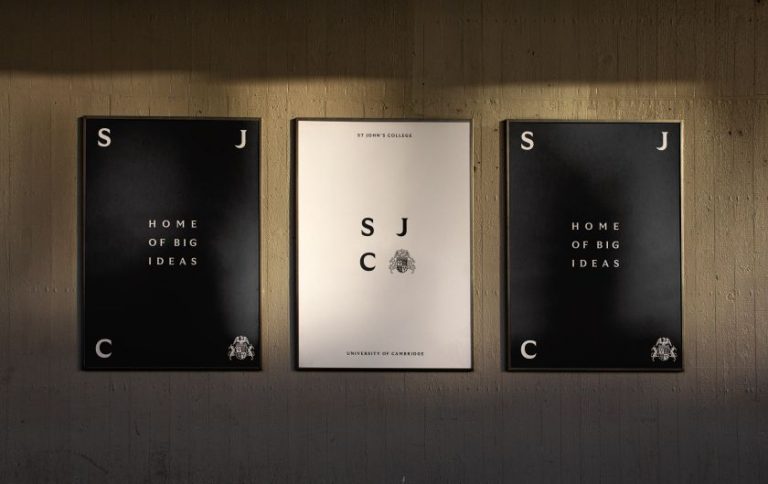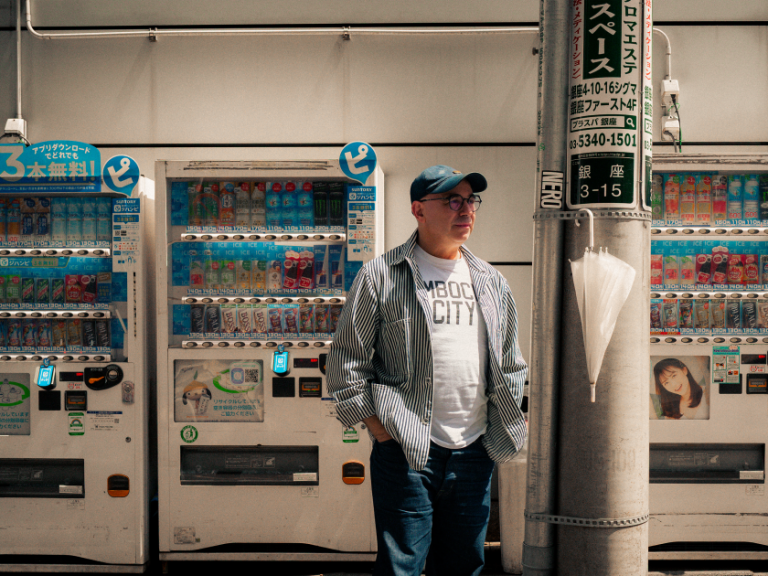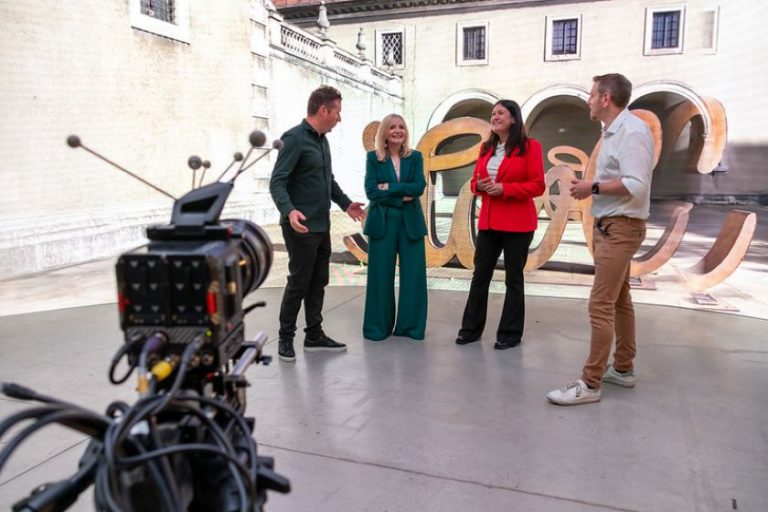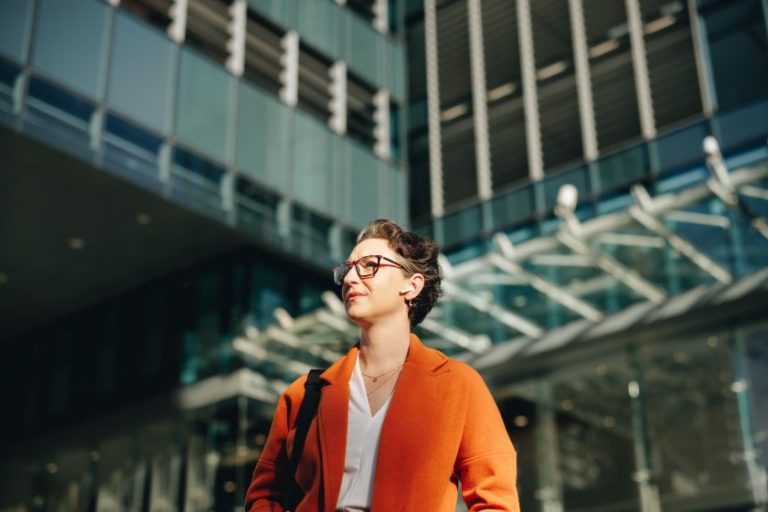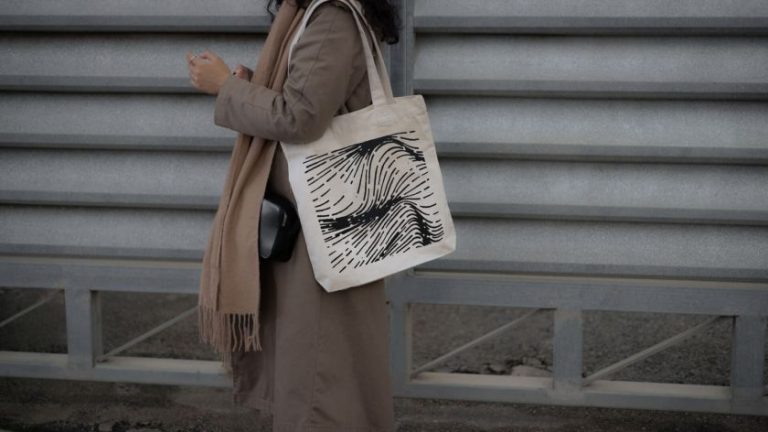Photographer Richard Koek has captured the many different facets of Japan’s capital city in Tokyo Tokyo, a new book from Lannoo Publishers which goes beyond cliches to get to the reality of daily life in the metropolis.
Home to nearly 40 million citizens and covering over 2,000 square kilometres, Tokyo is a mega city that combines the ancient and the ultramodern. Visual storyteller Richard Koek captures this duality in his latest book, Tokyo Tokyo, where photos of the Japan you imagine rub shoulders with the actual day-to-day life of its inhabitants.
The book follows on from Richard’s previous book, New York, New York, which took a similar approach to the American city in 2018. He decided to turn his lens to Tokyo after visiting the city in 2019; however, he found it to be a more difficult subject to shoot.
“I did not realise it was quite an impossible task to fulfil,” he tells Creative Boom. “Tokyo cannot be captured in one book, it has 40,000,000 citizens and is way more spread out than New York City. I did find a way that somehow made sense for a book, and I hope I succeeded in capturing it.”
Richard need not worry. His photos of sumo wrestlers, street crossings, shops and home life span the spectrum of the city, providing an immersive look into what makes it tick. They also prove educational, even if you’ve visited Tokyo before.
“As an outsider visiting Japan, the first thing I realised was that Tokyo does not look how I anticipated,” says Richard. “The images the mainstream media have fed me paint a certain picture of Japan and Tokyo that does not match the reality I encountered. My book will show two sides of the city; the beauty in centuries-old traditions, as well as the beauty in daily life of the moment that we all live.”
Richard explains that he is particularly interested in the details that connect people. “Despite all the visual and cultural differences, we share a basic humanity,” he says. We love, we eat, we pray, we work, and we try to make ends meet. Despite our cultural differences, I tried to convey the perception that we live the same lives. There is no us and them, but we are one.”
And while images of Kimonos, tea ceremonies and sumo wrestlers may have reflected a certain truth, serving these visuals alone would have only emphasised a sense of exoticism.
“It’s a bit of a catch-22,” he adds. “Yes, it is reality, but it does not paint a complete picture of a society nor the message I want to transcend. Real life comes down to simple mundane matters such as walking to the subway, commuting to work, eating with friends and family, sitting in a park reading a book and going to school.”
That’s not to say he never felt the pressure to photograph the cliches of Tokyo. “There is always truth behind popular perceptions, especially if they’re highly regarded and culturally mixed in with daily life,” he reveals. “There is also beauty in things and happenings that we take for granted.”
Tied up in this approach is the fact that Tokyo is an ever-changing city. No wonder Richard felt like he had been missold an image of the Japanese capital when the average age of a building in the area was 26 years.
“The threat of destruction is palpable in the way buildings are built, and somehow, the way history and tradition blend in, and daily life shows the acceptance that endings are part of a cycle. I have tried to show these two concepts of time: the moments here and now and the power of tradition and cultural customs.
“Creating this book in such a short time frame has forced me to cut out all expectations, all pressure. I needed to focus. It was purely a matter of letting perceptions go and simply opening myself up for whatever would come my way. It is important to mention that I received much help from the people I met. I am so grateful for all the kindness I received.”
An example of this kindness can be seen in Richard’s favourite photo from the book, where we see a sumo wrestler modelling a top knot, or mage, in the sum stable. “It was an amazing opportunity to be invited by this very special place,” he concludes. “I had been given strict boundaries. They thought I was only interested in the sumo wrestling action, but to my surprise, I learned that after each practice, all sumo wrestlers remodel their hair with the sumo hairdresser (Yokohama).
“In a large empty room where all the wrestlers sleep, the hairdresser, with his white, plastic styling station on wheels, worked on the hair of each athlete. They sit for him one after another. A quiet moment. The wrestler sits on the wooden floor peacefully, while the hairdresser works hard with conviction to get the top knot right. It’s a beautiful juxtaposition: this symbol of masculinity, the tenderness of self-care, and one man caring for another.”

